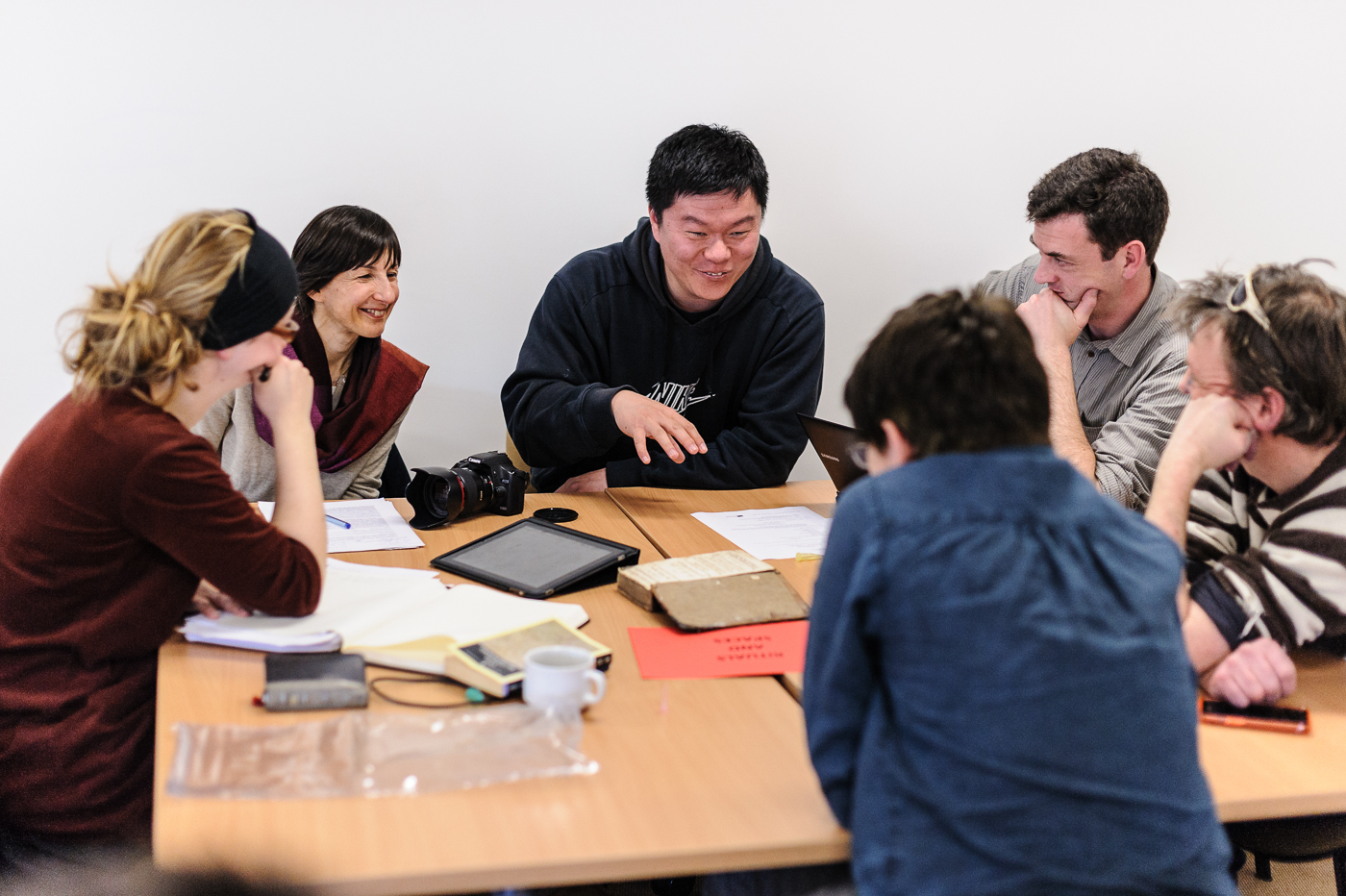
From these simple observations of animal movement, our anchoring phenomenon emerged: what it takes for pronghorn to make and survive long migrations. This approach honored teachers’ personal experiences and used multiple modalities to make the phenomenon accessible, regardless of whether they brought personal experiences to the table. These included maps, a narrative, and photographs, all depicting pronghorn movements. Since you can never assume that all of your learners have had similar experiences outside of the classroom, we then provided a few other entry points for teachers to access the phenomenon. Are there always this many pronghorn?!” Teachers immediately started to share personal experiences to explain to us what was happening, why the animals move, and where they go. For these reasons, our science PD team chose a familiar ungulate, the pronghorn (colloquially “antelope”), and its treacherous semi-annual migrations as a place-relevant phenomenon with a group of upper elementary teachers.įirst, we shared a simple observation: “Driving here, we saw lots of pronghorn by the interstate. In our rural western state, wildlife plays a large role in daily life for teachers and their students-encountering animals while driving, seeing them around town, hunting them, and celebrating them as school mascots. Phenomena constitute observable events that enable students to ask and investigate questions and then use evidence they gathered to explain the phenomenon ( Reiser 2014). In this article, we share how model lessons spaced throughout the year, connected by a single anchoring phenomenon, provided opportunities for teachers to build schema for complex science learning as they shifted between “learner hats” and “teacher hats.” Descriptions of our workshop sessions include instructional intentions, instructional strategies, overviews of what teachers did and learned, and our PD workshop design considerations.

Over three workshops, one group of teachers in our PD engaged as both learners and planners in a phenomenon-based storyline that supported Next Generation Science Standards ( NGSS) aligned instruction.

We build science PD experiences for teachers in sustained, yearlong workshop progressions so that they can design similarly powerful learning experiences for their students. Now imagine your students saying something similar to you about their learning. Modeling this instruction for this teacher and her colleagues was paramount to building their experiences with phenomenon-based teaching-an approach few had experienced. The aforementioned activities wove together to help explain a complex and compelling phenomenon, creating a storyline that provided a coherent structure to organize her learning ( Reiser 2014).
#Science phenomena group discussion professional
“How all tied in was really incredible … I felt like I was really engaged in the content and I learned a lot and I was able to utilize different parts of my brain,” one fourth-grade teacher reflected after participating in a science professional development (PD) workshop series.


 0 kommentar(er)
0 kommentar(er)
